
Recruiterflow sourcing benchmarks report
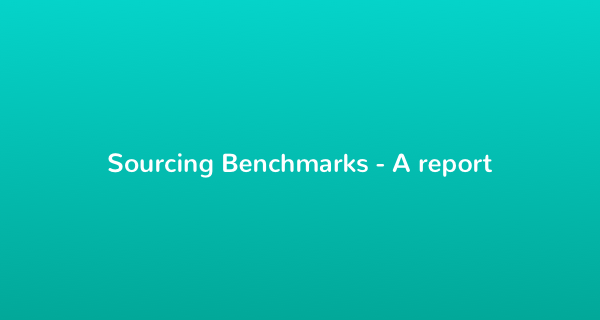
What’s the hardest thing that CEOs and leaders of the new-age companies are trying to grapple with? Unsurprisingly – It’s recruiting. According to the First round’s state of startups report, hiring good people came as the biggest challenge founders faced when they are scaling a company. Right there with acquiring new customers and above raising funds!
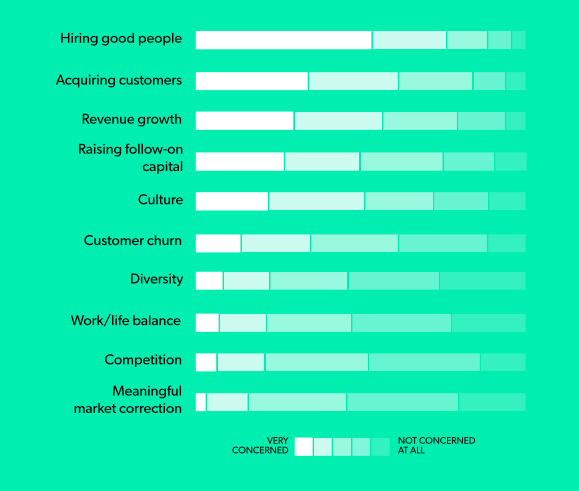
Is there really a talent scarcity?
No
If you are constantly falling short of your recruiting targets without lowering your hiring bar, you are doing it wrong. The problem is not the talent but the way you work recruiting great talent. The old adage of post and pray just doesn’t work anymore.
- 3 quarters of the qualified talent on LinkedIn is passively looking for new and better opportunities
- An overwhelming 45% of them are open to talking to a recruiter.
- The question is, are you reaching out to the right talent the right way?
Sourcing-led recruiting is the future
Turning from applicant focused to sourcing focused has the potential to fundamentally change the way you recruit. Sourcing is not easy and is riddled with rejection. But still, the best way to get great candidates. Our data suggest that it takes 152 applicants to make one hire whereas just 56 sourced candidates to make one hire. Referrals are still the best but on average, an open position receives 0.8 referrals.
Also, read our blog on sourcing vs recruitment
Sourcing is better for your team’s productivity.
It takes almost half the interviews to hire candidates from sourced candidates compared to applicants. This has some serious implications for the amount of time spent by hiring managers and other interviewers. It takes half the time spent interviewing the candidates to make one hire!
Interview to hire ratio for applicants*: 12:1
Interview to hire ratio for sourced candidates*: 7:1
*For an on-site interview
When it comes to sourcing email sequences work better than LinkedIn inmails or one-off bulk emails.
A number of users who use Recruiterflow, create an email sequence of 3 or above email touchpoints which are spread over 20-25 days.
- If you send two emails rather than one, your reply rates increase by 186%.
- If you send three emails rather than two, your reply rates increase by 34%.
- If you send four emails rather than three, your reply rates increase by 42%.

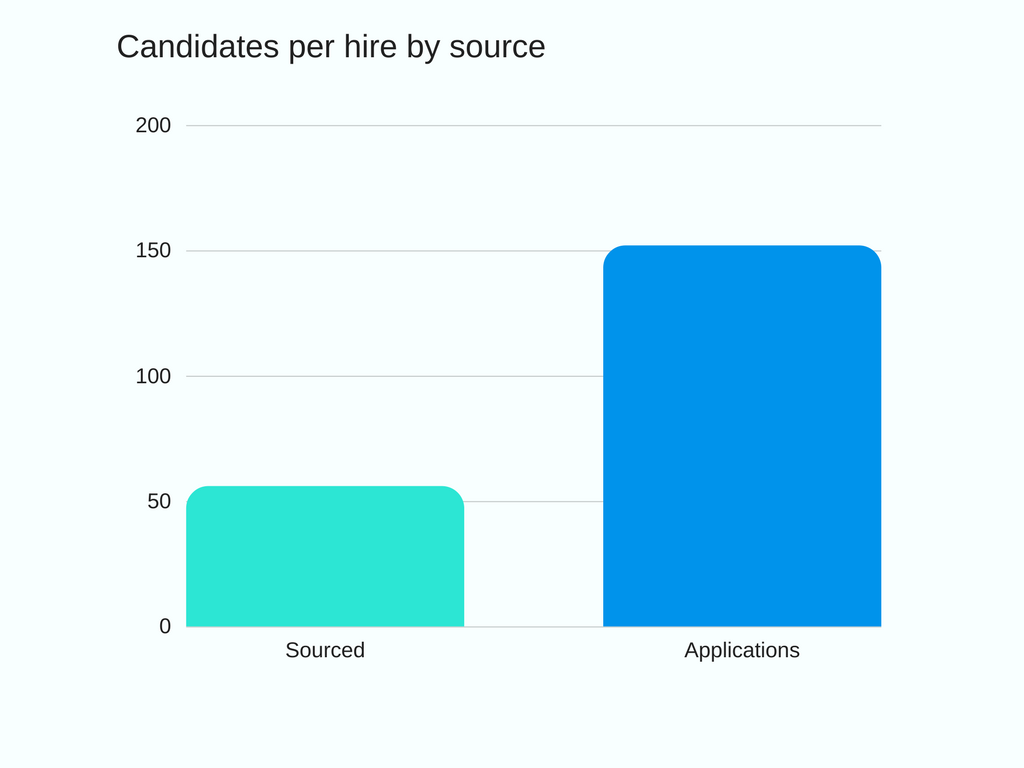
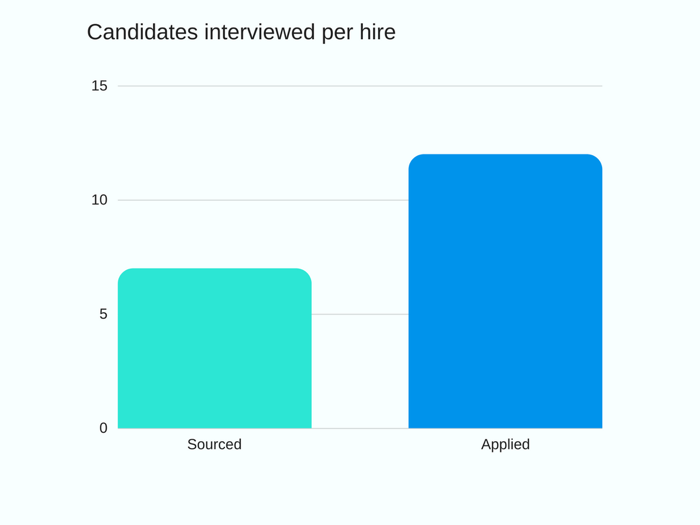
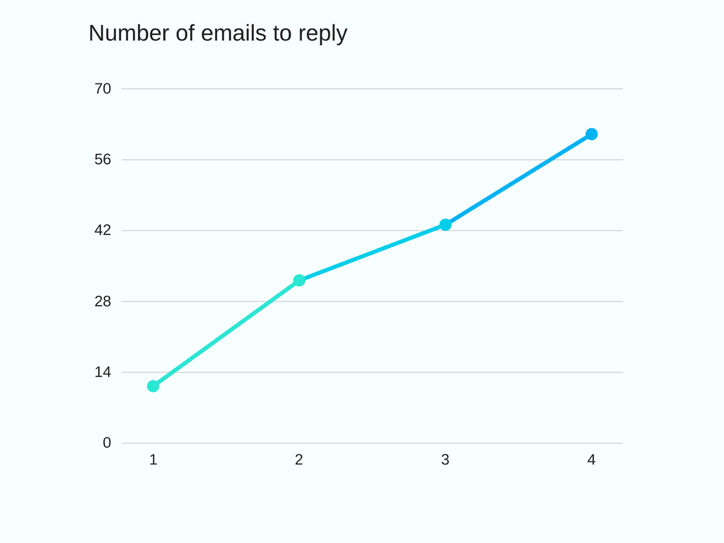



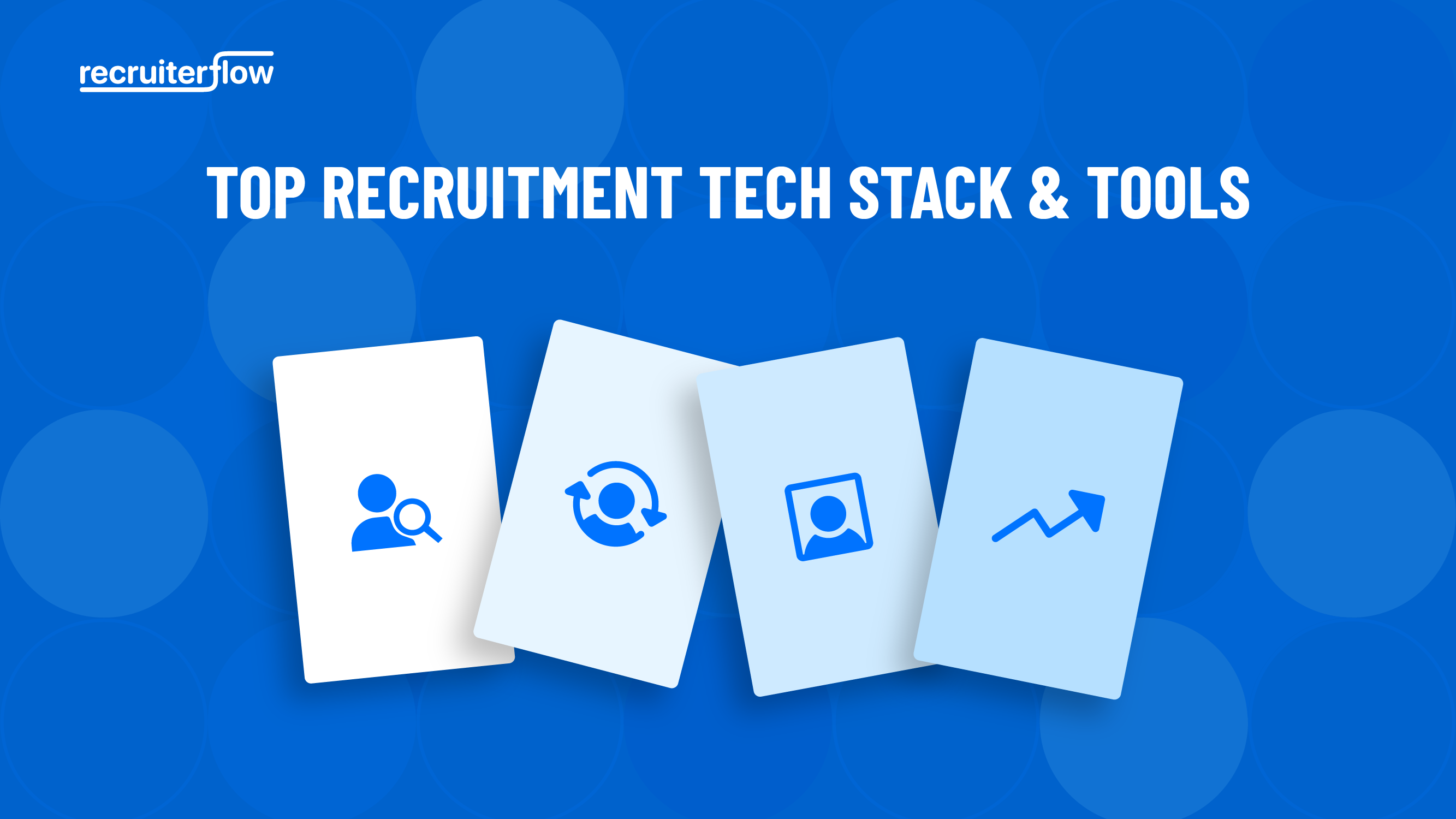


Manan Shah